Nissan Juke
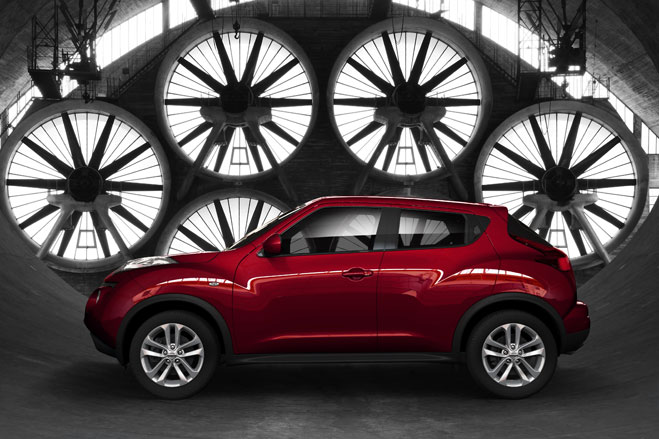
One of the tired old clichés of motoring journalism – and there are many – is the alleged maxim that ‘there is no such thing as a bad car’. It’s usually hauled before the reader shortly before being ‘demolished’ by the writer. ‘And yet…', they will begin, ‘then we drove Vehicle X.’ We’d like to parade a new automotive aphorism: there’s no such thing as an ugly car. This is a rather subjective statement, but when one considers the sheer amount of time, energy, skill and money that goes into creating a single automobile, it makes a bit more sense. An ugly car would be one that wouldn’t sell, so creating one would be entirely counter-intuitive for an industry that relies on shifting units, not acquiescing to aesthetes.
And so we come to our exception. Like so many 'design driven' car models, the Nissan Juke began life as a concept, the Nissan Qazana, shown at the 2009 Geneva Show. By the time the concept was wheeled out, the styling for the associated production model would have been fully signed off, so the Qazana's bulbous curves, sci-fi wheels and quasi-armoured appearance were something of an aesthetic sleight of hand. True, the Juke shares the concept's size and stance, being tall of flank but somehow squat of cabin. That gaping front maw, complete with stretched running lights that reach all the way back over the bonnet also survived. At the rear, the boomerang style rear lights are faithful to the concept, while the interior console is similarly minimal.
However, no amount of designer sprinkle can save the end result. The Qazana's virtues were its cartoon-like qualities, a piece of exaggerated sculpture with more in common with computer games or comics than the average family car. Standard wheels, dull colours and a relatively stock interior dissipate almost all of the thrill. It's frustrating, especially when given the skill, ability, geometric spasms and complex modelling behind a form as visually tricky as the car's rear light clusters, for example. The end result is wilfully odd but strangely without character.
Aesthetic grumblings aside, the Juke drives well. You sit up high, in the fashionable manner of the modern ‘crossover’ city car (there is a four-wheel drive version available), and the compact centre console packs plenty of functions into a small space (although quite why Nissan thinks Juke drivers will need a G-meter is beyond us). Any space age sensation is quickly dispelled by the builder’s bucket-style plastic sheath around the gearstick, about as unpleasant a tactile experience as one could wish for. But behind the wheel it’s really not unpleasant, being zesty with well-balanced handling. The back seats are rather cramped and that high-rising rear end and stubby doors give it a stagecoach-y type of feel. It’s also one of those cars whose profile can be immeasurably improved by the simple act of opening the boot (see also the previous generation BMW 6 Series). This is a giveaway sign of inherently wonky proportions at work.
In Europe (the Juke is built in the UK), Nissan’s marketing is all quirky urban chic, empty cityscapes slashed with neon. In America, Nissan has resorted to advertising the car by jokily using Sports Illustrated’s infamous Swimsuit Issue, a marketing move that pitches the machine at red-blooded males, claiming it as a tougher, almost tongue in cheek alternative to a Mini Cooper. Neither approach is entirely right. We reckon the Juke is the automotive equivalent of Philippe Starck’s Juicy Salif, an object that people buy because they’ve heard it’s been designed, never mind what they personally think of its looks. Despite its visual faults, the Juke is definitely above average to drive and sit in. But it succeeds best of all as an object lesson in the quirks and eccentricities of advanced visual culture: for an object to confer creativity, innovation and excitement upon its buyers, those qualities need to be spelt out in fifty foot letters. Design museum director Deyan Sudjic once wrote a book called 'Cult Objects', long before the designer cult had really taken hold. With hindsight, Sudjic's roll-call of sleek things by the likes of Rams, Corb and Jensen would now be termed 'design classics.' By the same token, the Juke is certainly no classic, but it might just cut it as a cult.

The Juke shares the concept's size and stance, being tall of flank but somehow squat of cabin. That gaping front maw, complete with stretched running lights that reach all the way back over the bonnet also survived.
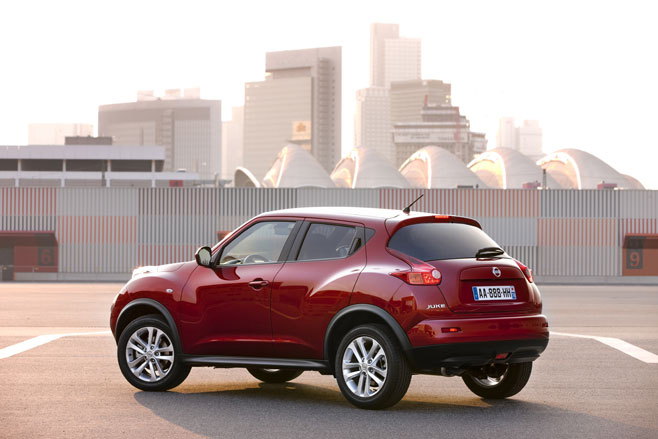
At the rear, the boomerang style rear lights are faithful to the concept, while the interior console is similarly minimal.
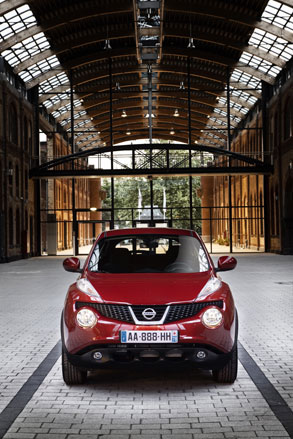
That gaping front maw, complete with stretched running lights that reach all the way back over the bonnet also survived
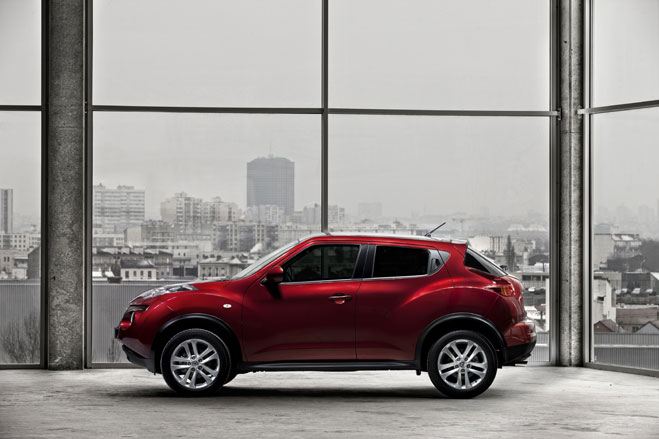
The end result is wilfully odd but strangely without character.
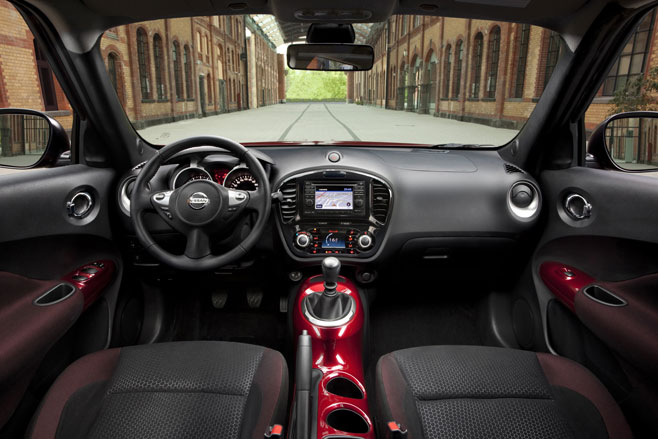
Aesthetic grumblings aside, the Juke drives well. You sit up high, in the fashionable manner of the modern ‘crossover’ city car (there is a four-wheel drive version available), and the compact centre console packs plenty of functions into a small space
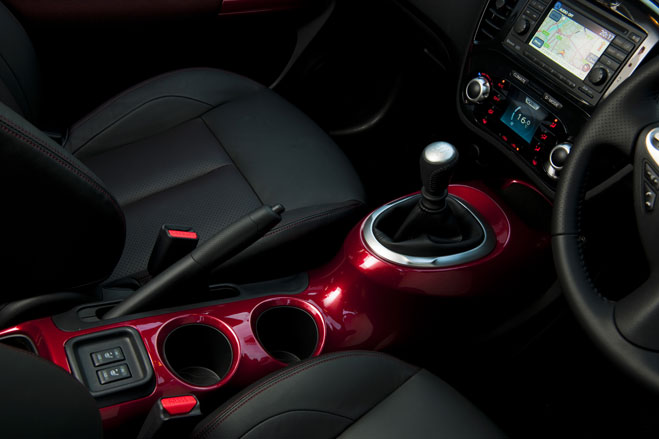
Yet any space-age sensation is quickly dispelled by the builder’s bucket-style plastic sheath around the gearstick
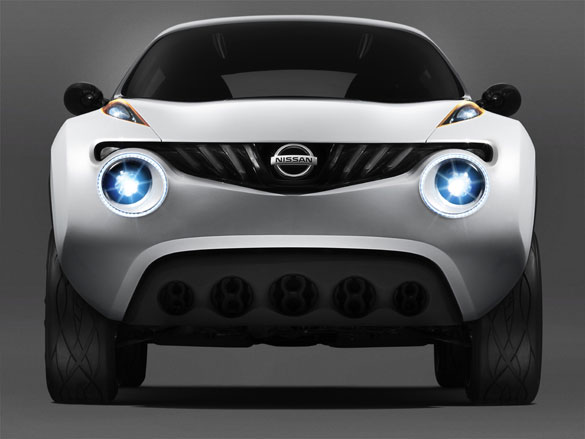
The Nissan Qazana concept who's virtues were its cartoon-like qualities, a piece of exaggerated sculpture with more in common with computer games or comics than the average family car
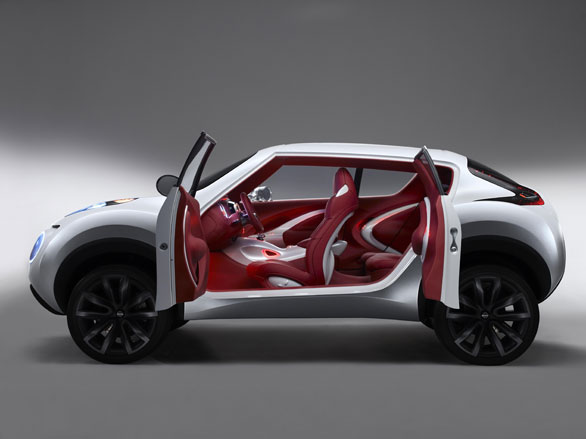
The Nissan Qazana concept

The Nissan Qazana concept
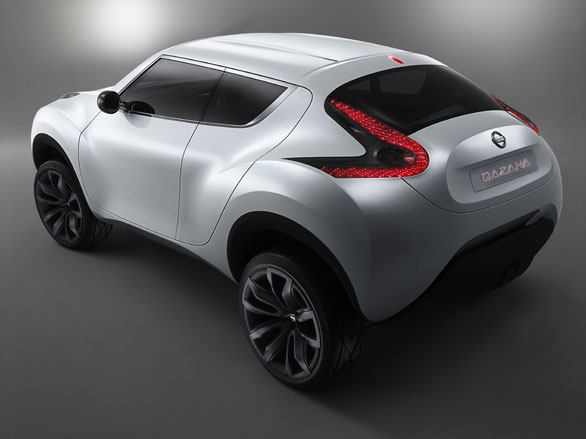
The Nissan Qazana concept
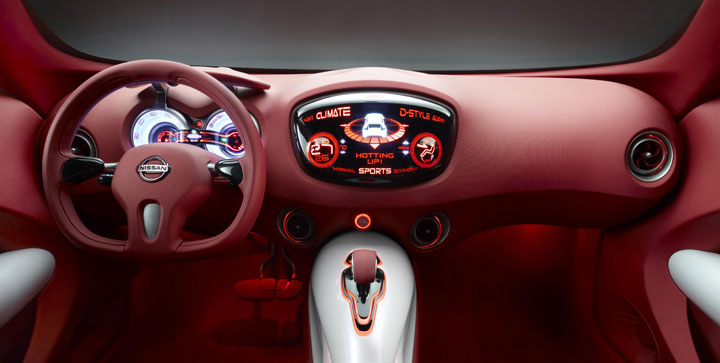
The Nissan Qazana concept
Receive our daily digest of inspiration, escapism and design stories from around the world direct to your inbox.
Jonathan Bell has written for Wallpaper* magazine since 1999, covering everything from architecture and transport design to books, tech and graphic design. He is now the magazine’s Transport and Technology Editor. Jonathan has written and edited 15 books, including Concept Car Design, 21st Century House, and The New Modern House. He is also the host of Wallpaper’s first podcast.
-
 Fulham FC’s new Riverside Stand by Populous reshapes the match-day experience and beyond
Fulham FC’s new Riverside Stand by Populous reshapes the match-day experience and beyondPopulous has transformed Fulham FC’s image with a glamorous new stand, part of its mission to create the next generation of entertainment architecture, from London to Rome and Riyadh
-
 A contemporary Mexican hotel emerges from a 16th-century ruin in Mérida
A contemporary Mexican hotel emerges from a 16th-century ruin in MéridaA renovation project by Zeller & Moye, Mérida’s new Hotel Sevilla wears its architectural interventions lightly, mixing new brutalist elements into listed interiors and a palm-filled courtyard
-
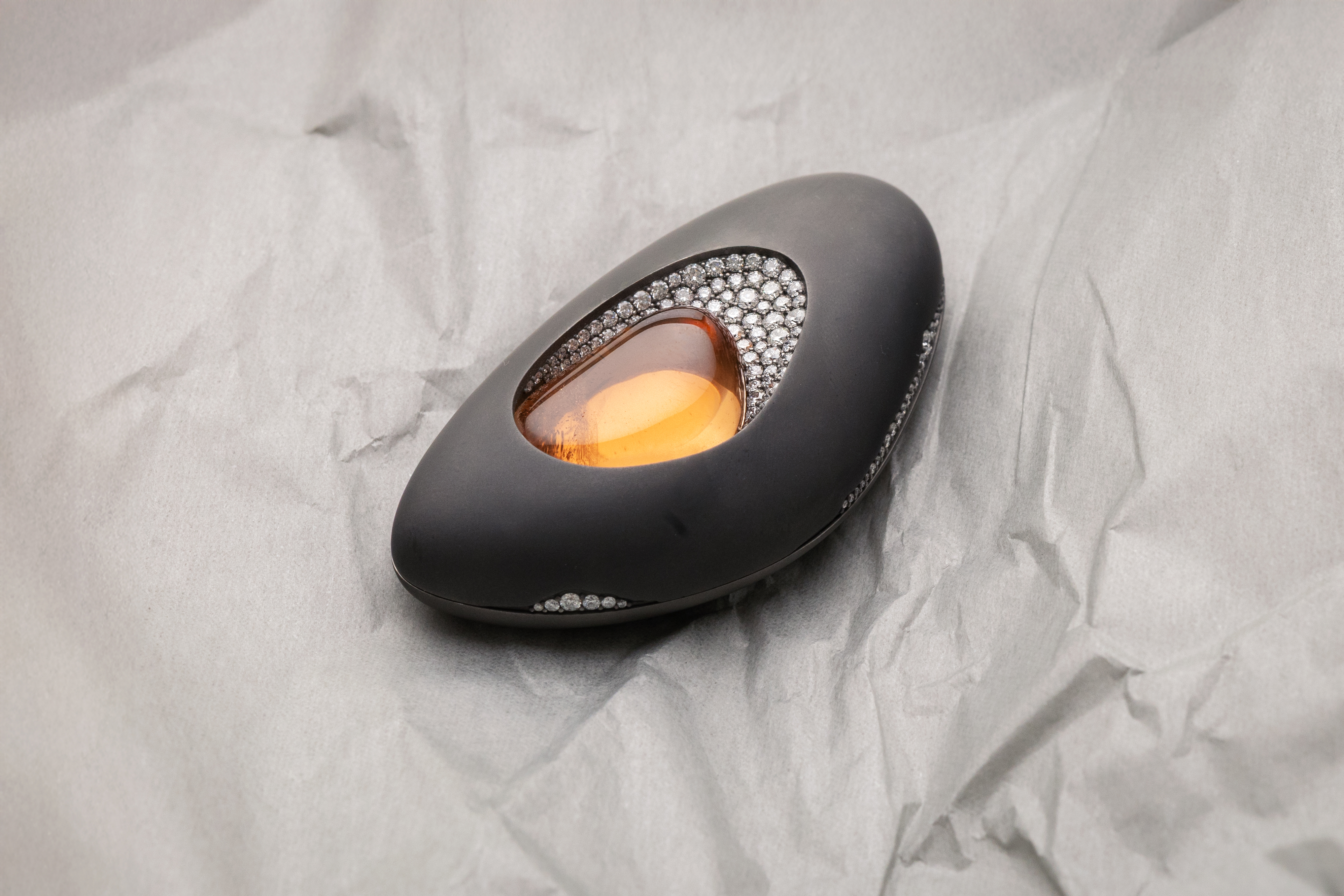 Discover the cool and offbeat designs of jeweller Inesa Kovalova
Discover the cool and offbeat designs of jeweller Inesa KovalovaInesa Kovalova's jewellery celebrates a mix of mediums and materials
-
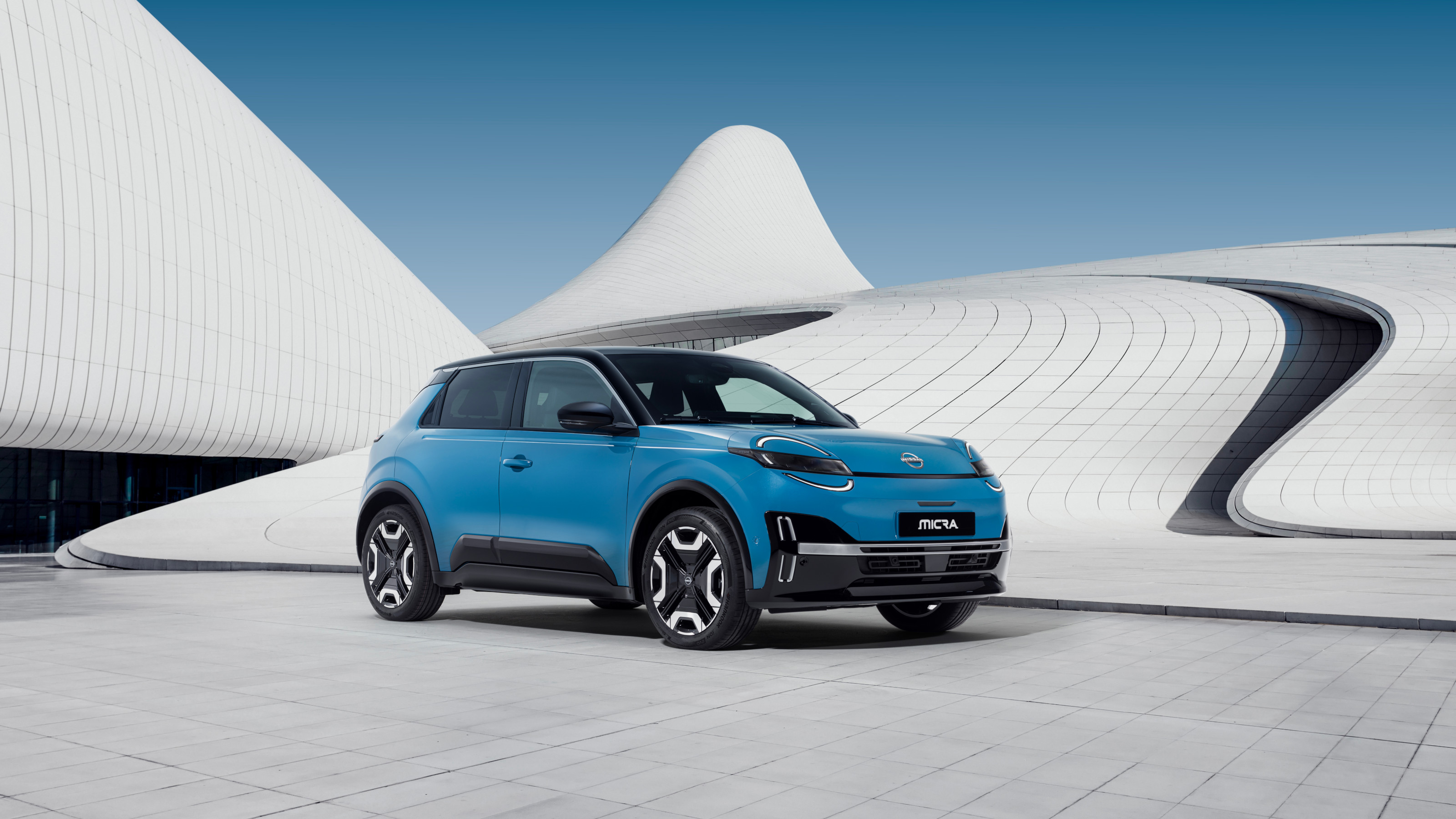 The Micra (finally) goes electric as Nissan ramps up its range of EVs
The Micra (finally) goes electric as Nissan ramps up its range of EVsThe compact Nissan Micra was once a global bestseller. After getting an early head start on electric mobility, the Japanese giant is looking to a new version of its small car to recharge its status
-
 Tokyo firm Built By Legends gives fresh life to a performance icon, Nissan’s R34 GT-R
Tokyo firm Built By Legends gives fresh life to a performance icon, Nissan’s R34 GT-RThis Japanese restomod brings upgrades and enhancements to the Nissan R34 GT-R, ensuring the cult of the Skyline stays forever renewed
-
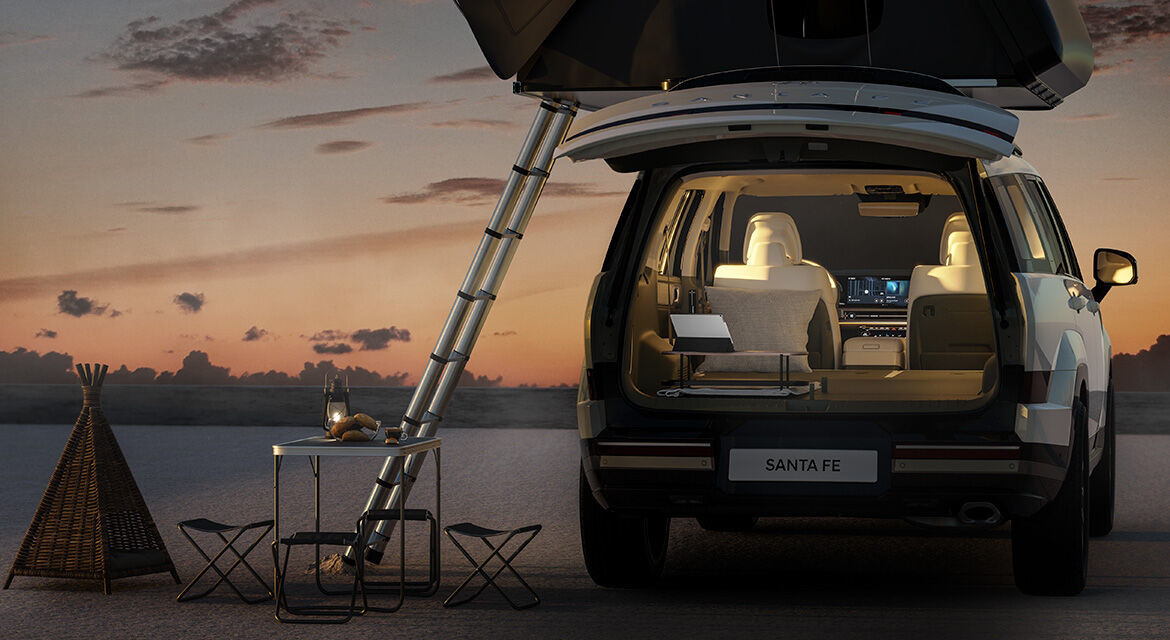 New-generation car camping and roof tents for luxury-loving adventurers
New-generation car camping and roof tents for luxury-loving adventurersCar camping is having a moment. While Hyundai and Porsche can get you kitted up, we explore other options
-
 The debut Japan Mobility Show saw the country’s carmakers preview the near future
The debut Japan Mobility Show saw the country’s carmakers preview the near futureThe 2023 Japan Mobility Show offered up a vast array of futuristic transportation, from concept sports cars to autonomous taxis, and eVTOL aircraft
-
 Peugeot’s sparky 308 gets hybrid power and handsome lines
Peugeot’s sparky 308 gets hybrid power and handsome linesThe Peugeot 308 proves that mass-market design needn’t be dull, blending hybrid power with sharp lines and excellent detailing
-
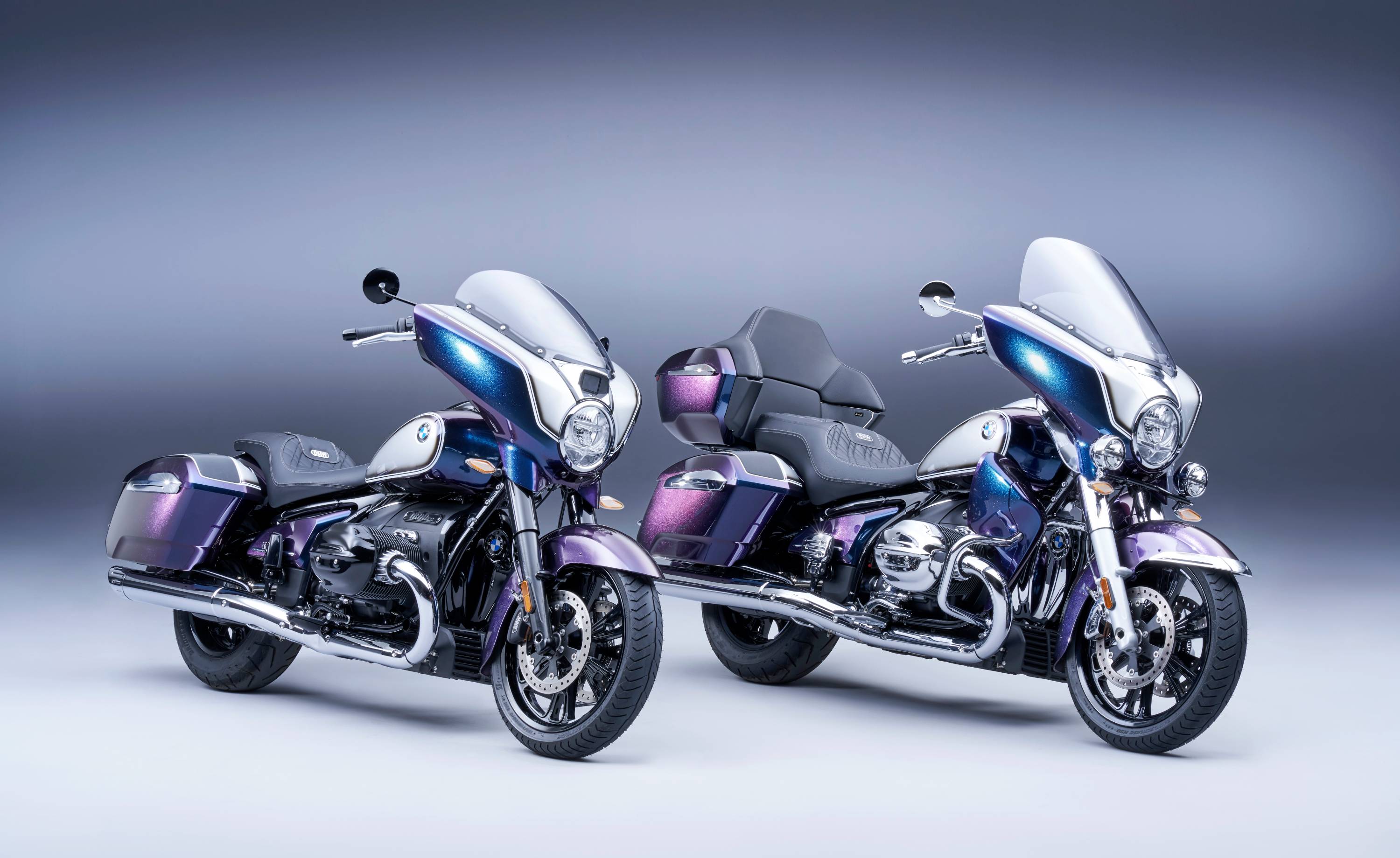 BMW Motorrad brings out the big guns for its newest cruisers
BMW Motorrad brings out the big guns for its newest cruisersBMW Motorrad R 18 Bagger and Transcontinental set the tone for high-voltage cruising with a brand collaboration with speaker specialist Marshall
-
 Dacia’s new Manifesto concept is a true outdoor utility vehicle
Dacia’s new Manifesto concept is a true outdoor utility vehicleUtilitarian auto brand Dacia sets a bold new agenda with its Manifesto, a concept car pitched at the active outdoor market
-
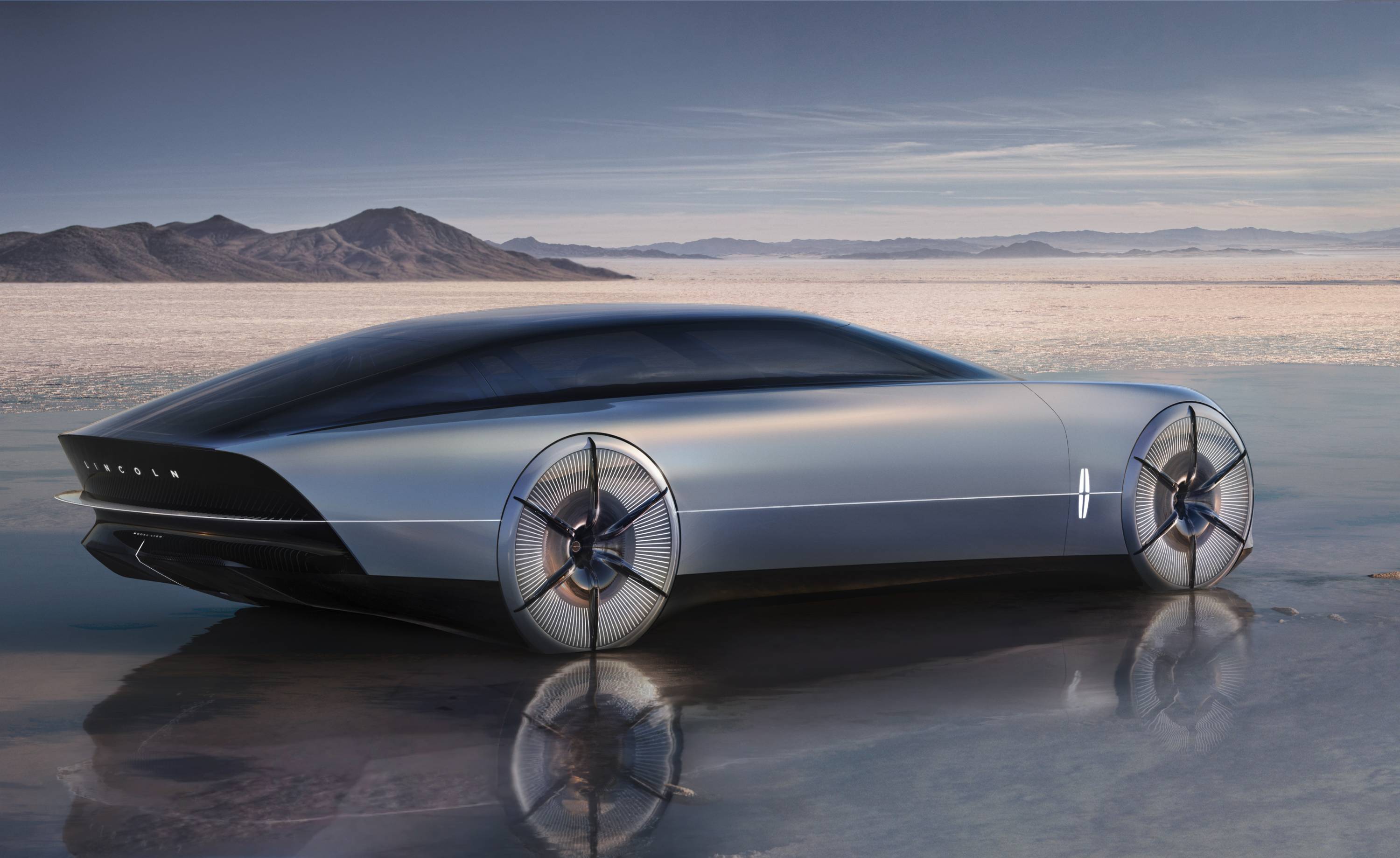 The sun sets on traditional supercars at California’s Monterey Car Week
The sun sets on traditional supercars at California’s Monterey Car WeekMonterey Car Week, the world’s most prestigious car gathering, is showcasing ever-more extravagant special editions, coachbuilt cars and all-new electric concepts. Here are seven key machines from 2022